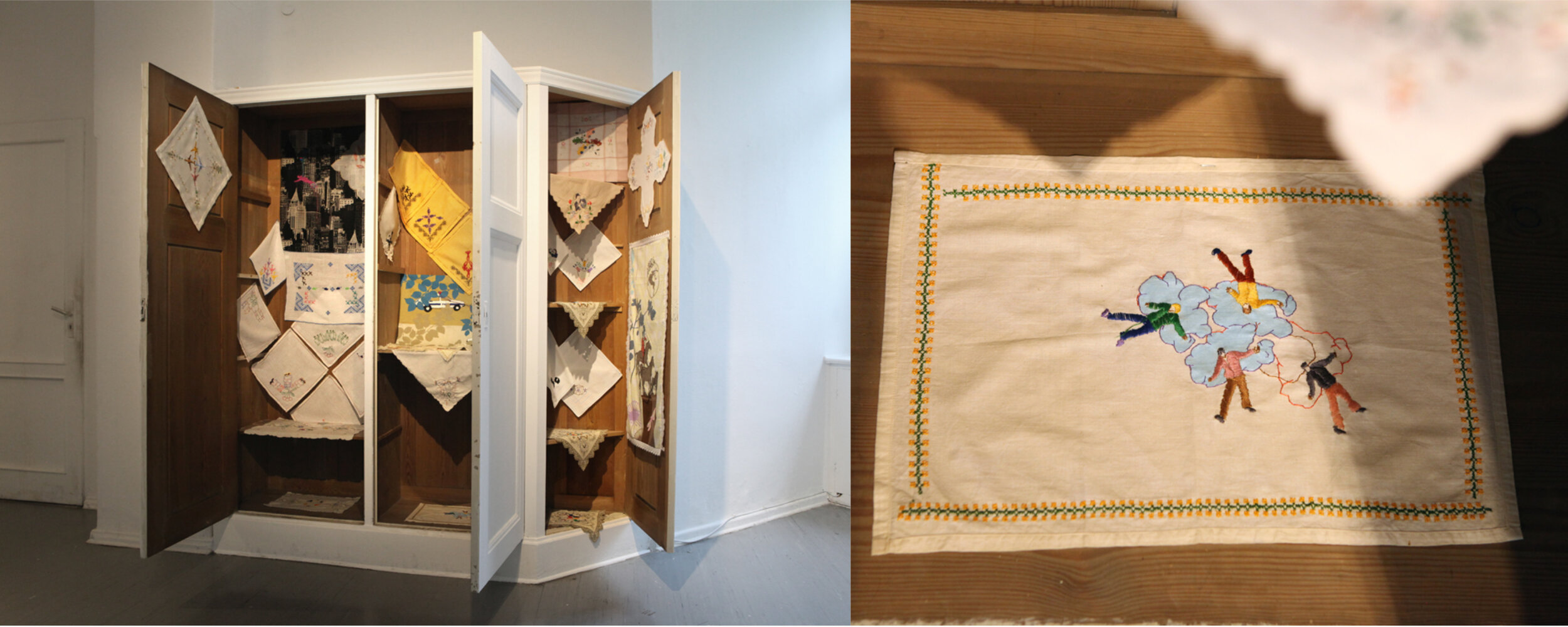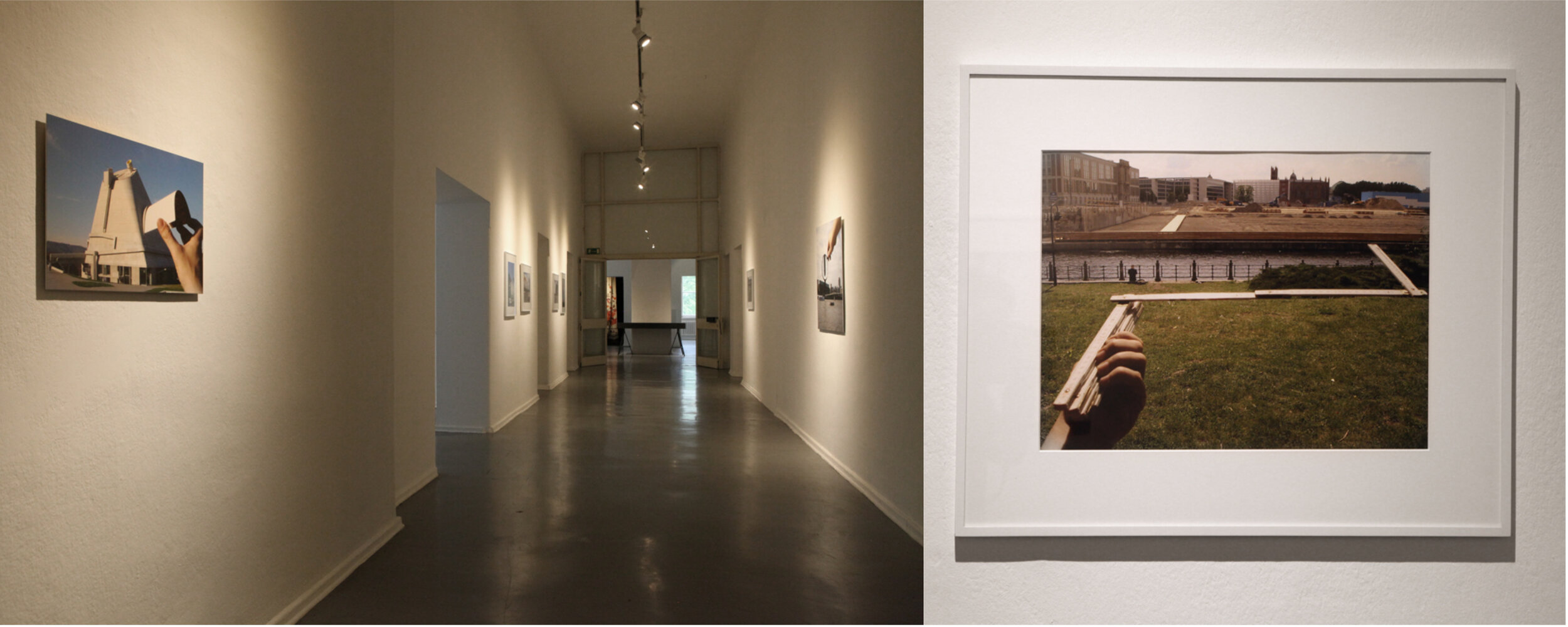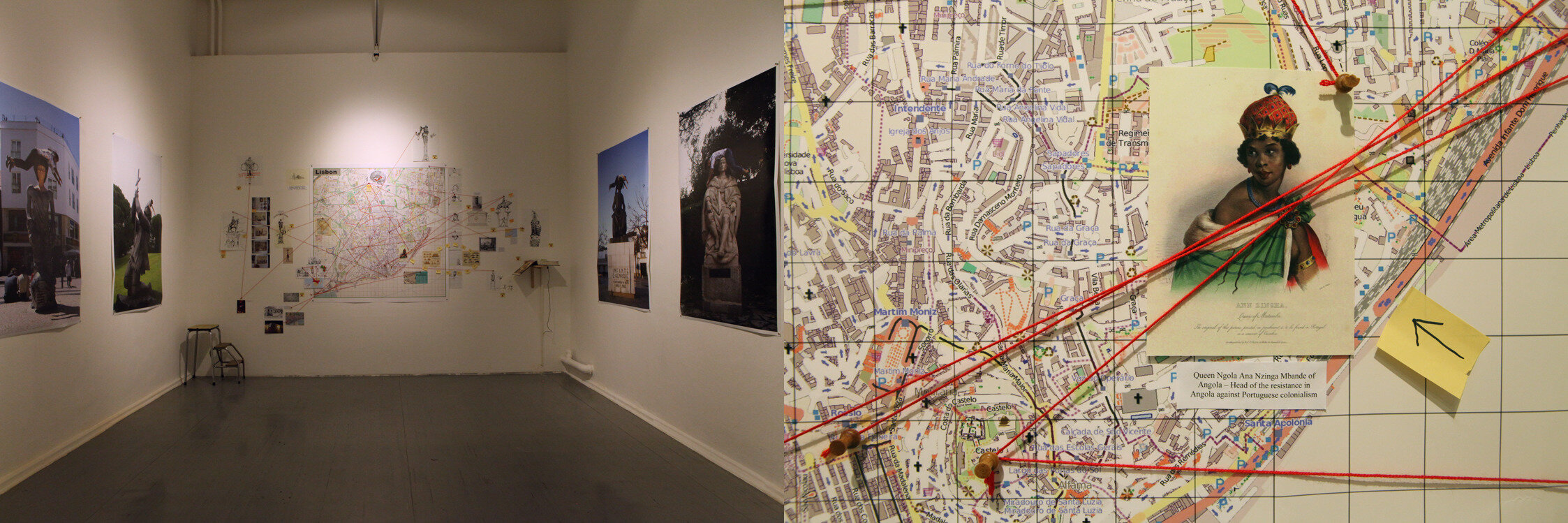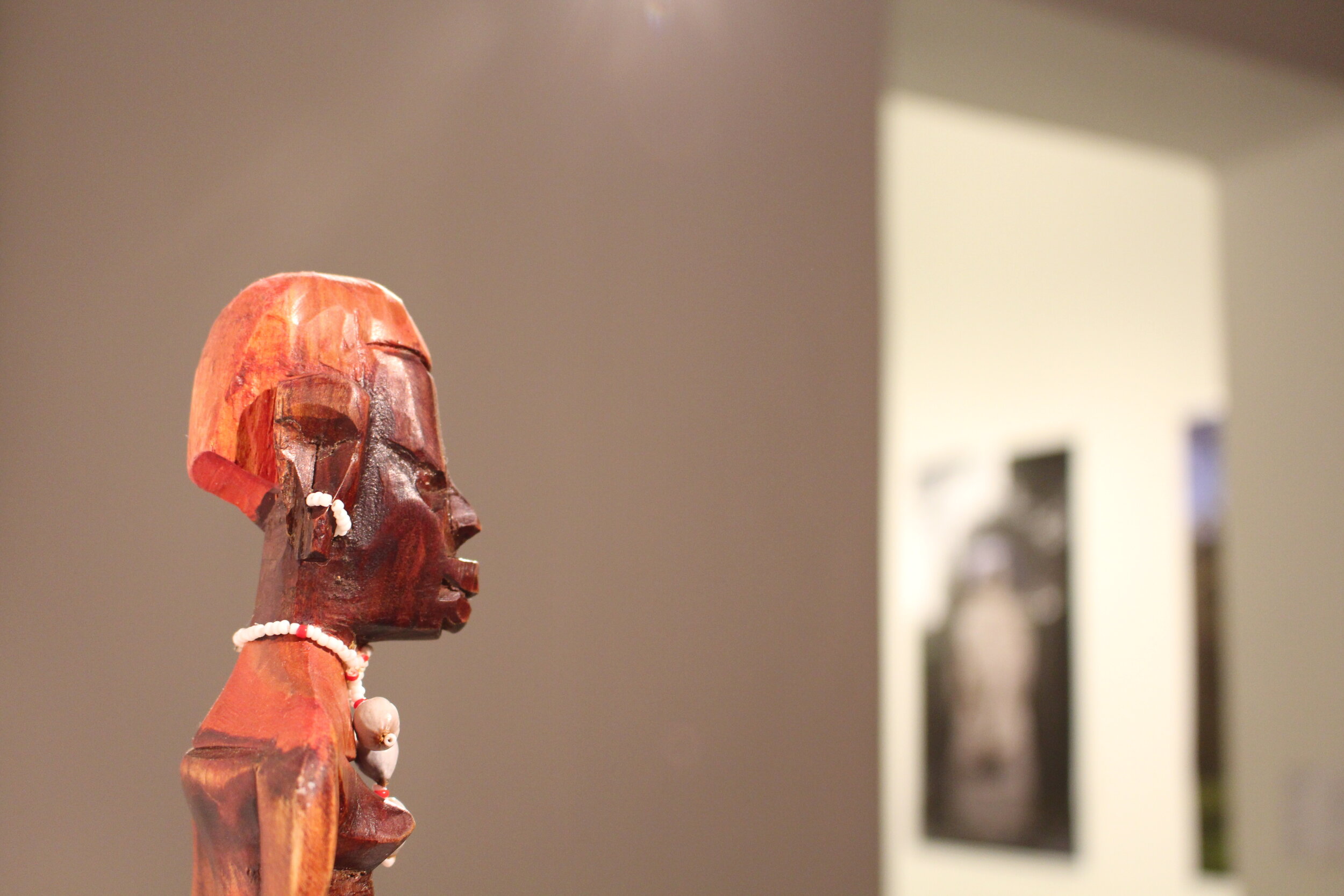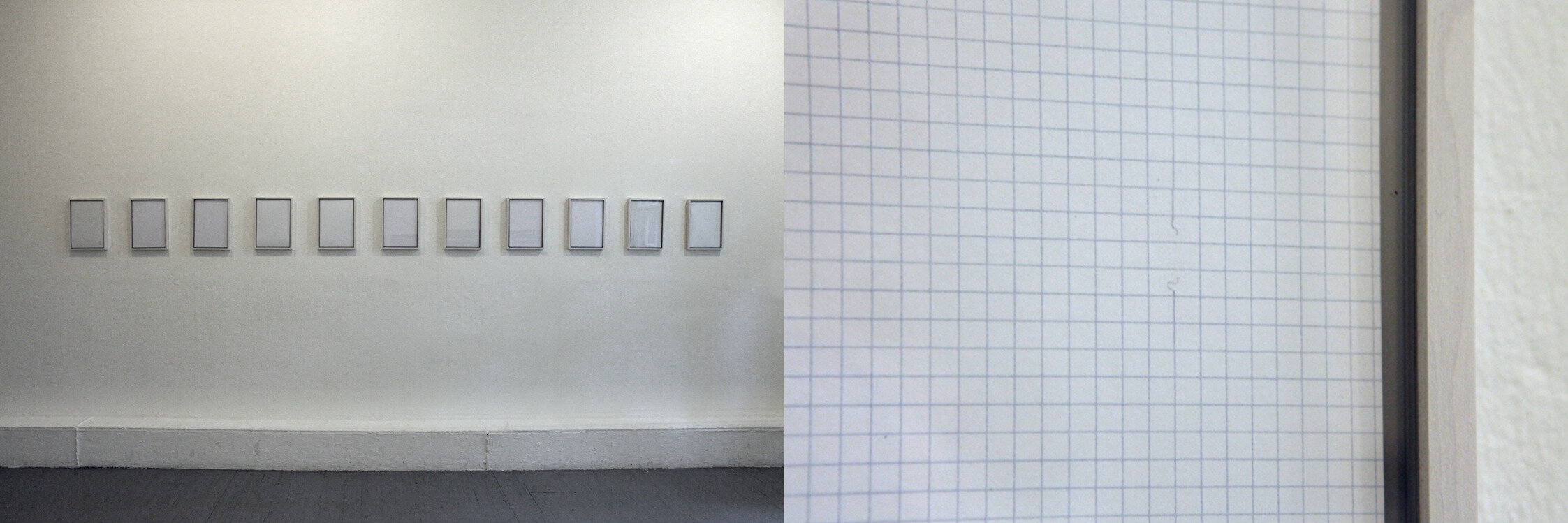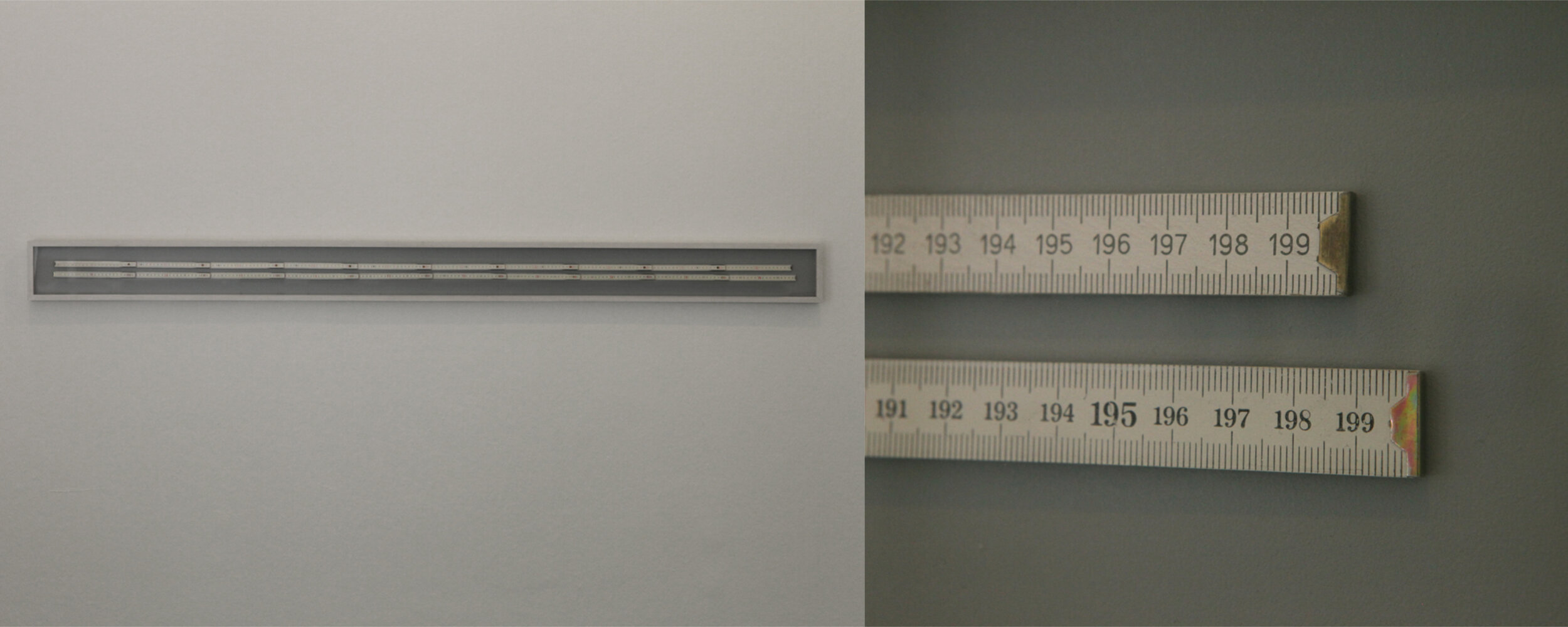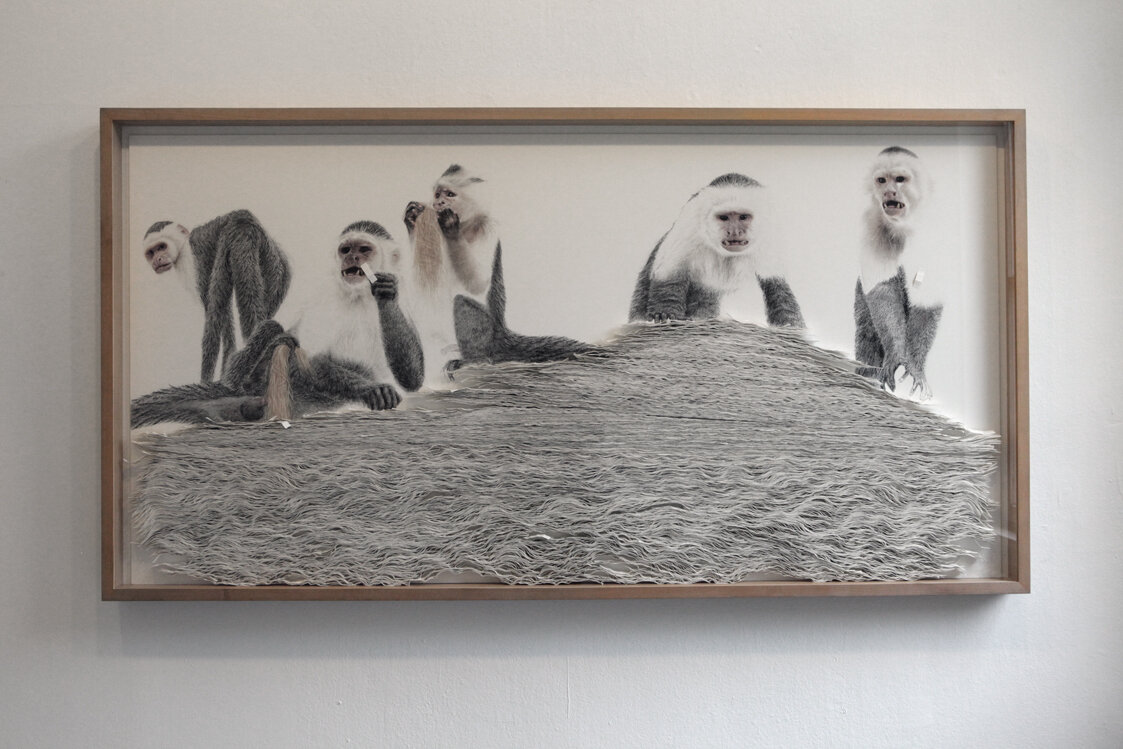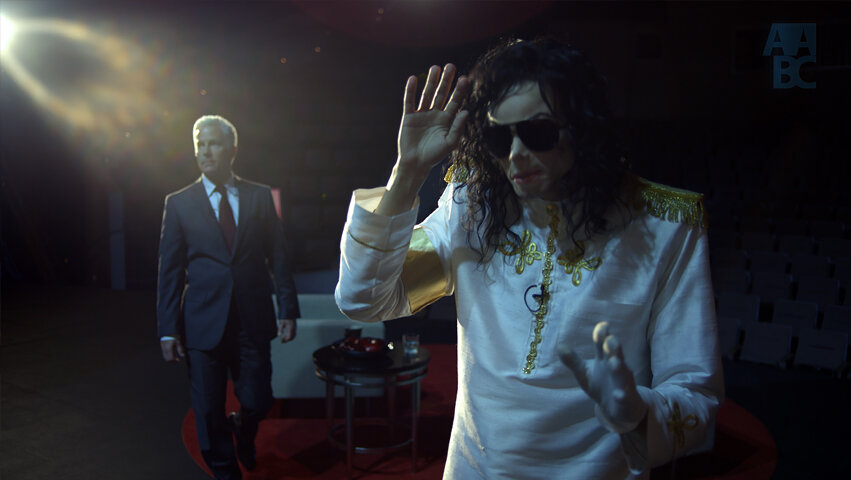MUSCLE MEMORY
Kunstraum Kreuzberg/Bethanien, berlin
01 apr – 11 jun 2017
Artists:
Adel Abidin
Jenny Baines
Maja Bajevic
Marcio Carvalho
Cevdet Erek
Ingo Gerken
Gözde İlkin
Marisa Maza
Ahmet Öğüt
Sophia Pompery
Svenja Schüffler
Vahit Tuna
Curator: Ece Pazarbaşı
PUBLIC PROGRAMME
- DOCTORS, NURSES AND ARTISTS — ARTISTS’ TALK | LOCATION: FORMER OPERATION WING (KUNSTRAUM KREUZBERG/ BETHANIEN)
- MUSCLE TESTING WORKSHOP | LOCATION: FORMER LAUNDRY / WASHHOUSE
an Introduction to Kinesiology by Heike Brunnen, Alternative Medicine Practitioner
- TALK: MEDICAL NEIGHBORHOODS Healing Architecture | LOCATION: FORMEROPERATION WING (KUNSTRAUM KREUZBERG/ BETHANIEN) by Álvaro Valera Sosa, Architect
- TALK: FRACTALS IN ACTION: FROM PROCEDURAL MEMORY TO MOTOR HIERARHIES | LOCATION: FORMEROPERATION WING (KUNSTRAUM KREUZBERG/ BETHANIEN) Mauricio Dias Martins, MD PhD, Berlin School of Mind and Brain, Humboldt University zu Berlin/ Max Planck Institute for Human Cognitive & Brain Sciences
- BETHANIEN PARKOUR WORKSHOP | LOCATION: THE VICINITY OF THE BETHANIEN BUILDING by Franz Schönberger, Headcoach at ParkourONE Berlin
- SYMBOL BODY WORKSHOP | LOCATION: FORMER MORGUE by Tuğçe Tuna, Contemporary Dancer
- RELEASING REPETITION IN MIND, BODY AND SOUL WORKSHOP | LOCATION: FORMER INFECTION UNIT Sun Woo + Ji Woo, Zen Masters
- Klein TechniqueTM Workshops by Hanna Hegenscheidt
- TRAINING FOR PERFORMERS by Mime Centrum
for more info on the public programme: www.fieldkitchen-academy.org/musclememory
The exhibition “Muscle Memory” is a multi-layered investigation into the notion of muscle memory, which is defined in neuroscience as a type of movement that becomes familiar to the muscles through repetition over time. It gives a metaphorical approach to how structures of power create and manipulate the memories of individuals through the biological mechanisms of their very own bodies. In doing so, the exhibition revisits the historical background of the Bethanien Hospital building as the ‘body’ of the project, incorporating the building and its vicinity into the exhibition as an embodiment of the muscle memory.
Through muscle memory, repetition stabilizes the flow of the muscular action. It is the movements that become habituated in the muscles through conditioning. After sufficient repetition, the movement is absorbed by the muscles and can be acted out unconsciously, in a self-automated way. Once a skill is committed to muscle memory, the motor cortex becomes less involved and muscle activation switches to lower-order processing areas of the brain, such as the cerebellum, where subconscious motor memories are stored.
This reflects the behavioral shift that occurs as motor skills improve — that is, less and less reliance on actual thinking until the skill can be completed with no conscious effort. Additionally, in order to perfect motor skills, the brain has a feedback system that monitors when movements are done properly, and when they are completed as they were not supposed to be. In other words, one would want their movements to reflect a correctly developed muscle memory, rather than incorrectly developed. Muscles can also work against a person if they have been constantly trained using incorrect repetitions.
We are living in a time where our thoughtless actions are the results of the norms, structures, and icons of mass media—architectures that support the ideologies imposed into our lives through repetition. The structures of buildings and urban environments—like other vehicles of capital, measurement, and mass information—are impressed deeply into our lives, and our bodies are shaped according to these structures as we encounter them everywhere, everyday. Decisions made within these structures and vehicles can be exploited by authorities, in keeping with the present political situations of the time. Indeed, conscious action is increasingly replaced in our daily lives by automation, thinking is lost in monotonous repetition, absorbing the given information over and over again. However, it is art that creates vantage points from which one can separate from this routine and create independent perspectives in an irregular way, almost as a glitch. Hence, the exhibition calls for an awakening: to reconsider what we obey, what we question, and what we accept without questioning.
Under the guidance of artists and experts, the exhibition reflects alternative readings of the notion of muscle memory itself, its literal and metaphorical systems shaped by norms, structures and ideologies, and the glitches found in the system when actions have “gone wrong.”
In exploring these structures that shape and limit our bodies and movements, the exhibition uses Bethanien Diagnosis Hospital as a body, and tracks the memories it has absorbed since 1905. In 1905, the former Bethanien Diagnosis Center opened an extended wing to be used as the Operation Unit, which is now known as the Kunstraum Kreuzberg/Bethanien. In this regard, the operation room housed the exhibition while reflexively tackling the issue of connection between memory, human body, and automated actions and situations. For the public program, Muscle Memory restaged the former morgue (Leichenhaus), laundry (Waschhaus), Ökonomiehof, infection unit (Infektionspavilion), and Feierabendhaus by applying a chalk line at their exact location as they were in the Bethanien garden in 1905. This was an act of reinventing these locations where some no longer exist.
With the hospital building as the project’s backbone, the exhibition will shed light on different aspects of muscle memory within the scope of the official definition of the term. Taking this as its focus, the exhibition incorporates the Field Kitchen Academy, a mobile platform for alternative information production, for the public program with neuroscientists, contemporary dancers, Zen Masters, kinesiologists, parkour training, and cooking actions to delve deeper into the political, social, and corporeal connotations of muscle memory.
Das Projekt Muscle Memory wird gefördert aus Mitteln der Senatsverwaltung für Kultur und Europa, Fonds für Kommunale Galerien, Fonds für Ausstellungsvergütungen, dem Bezirkskulturfonds. Unterstützt wird das Projekt durch das Institut für Auslandsbeziehungen IFA und dem Kulturinstitut Finnlands.




